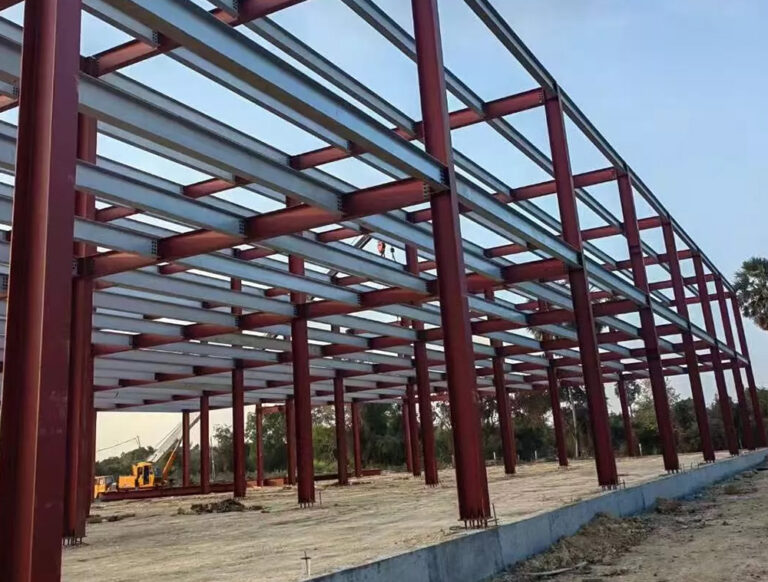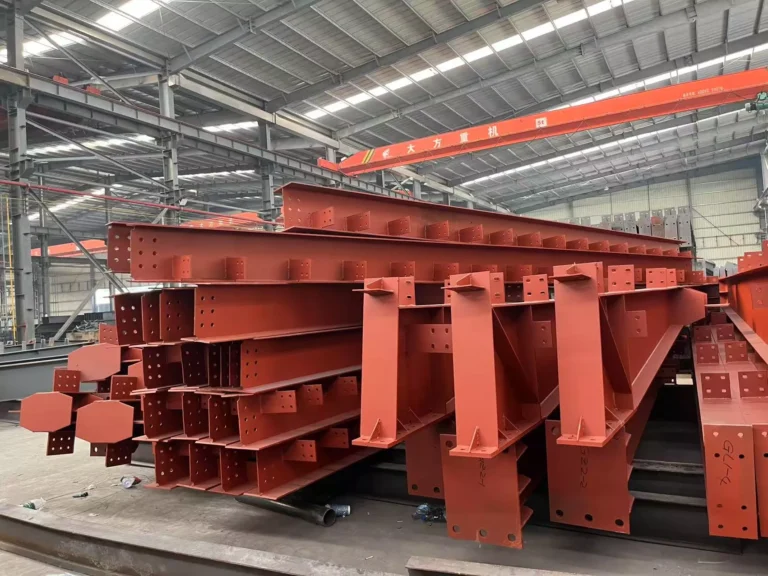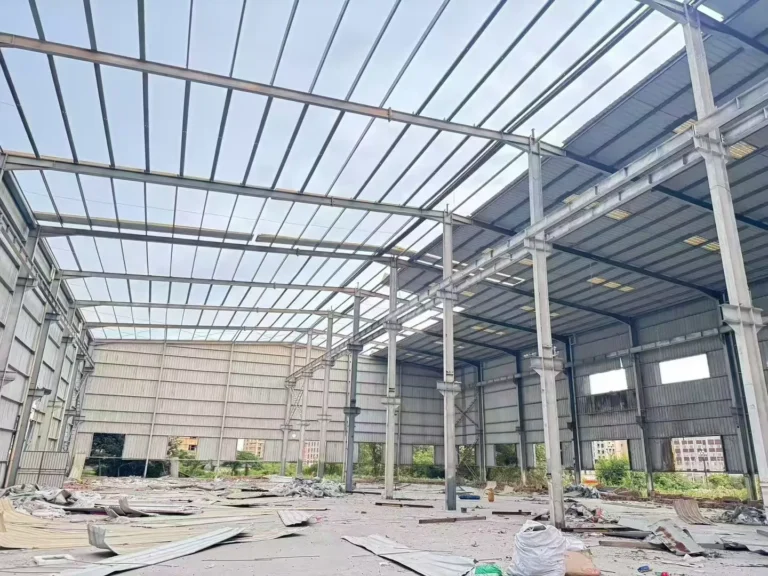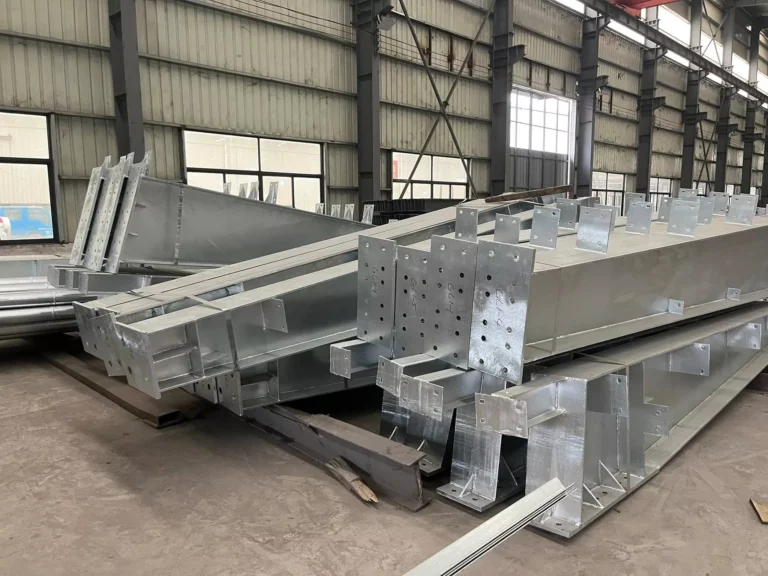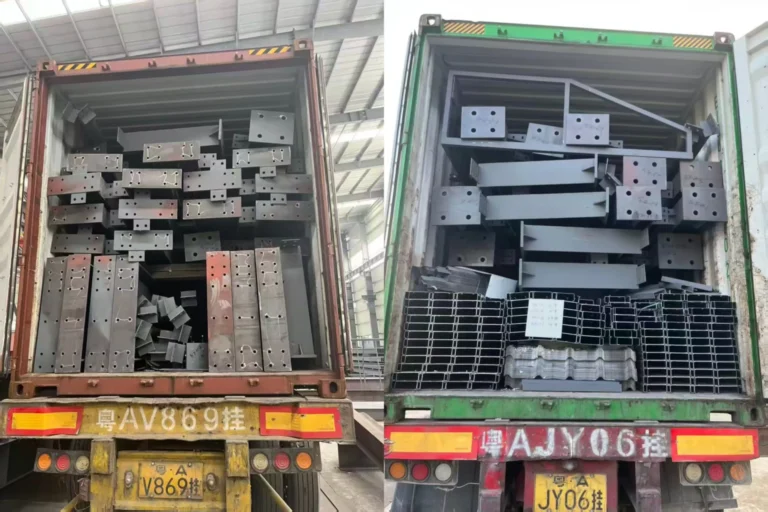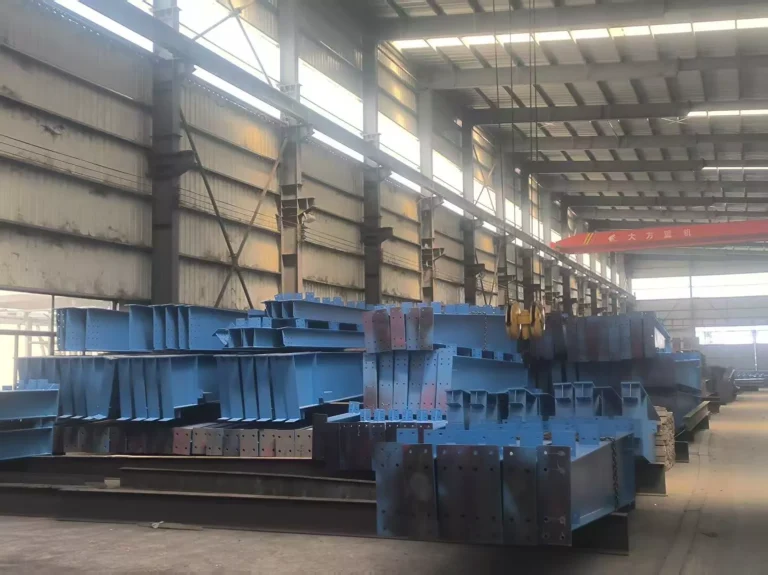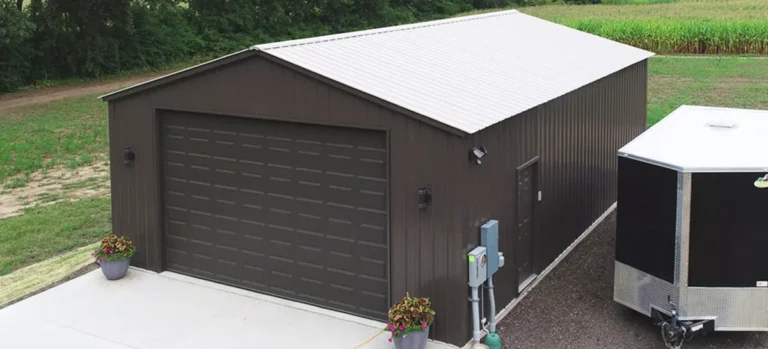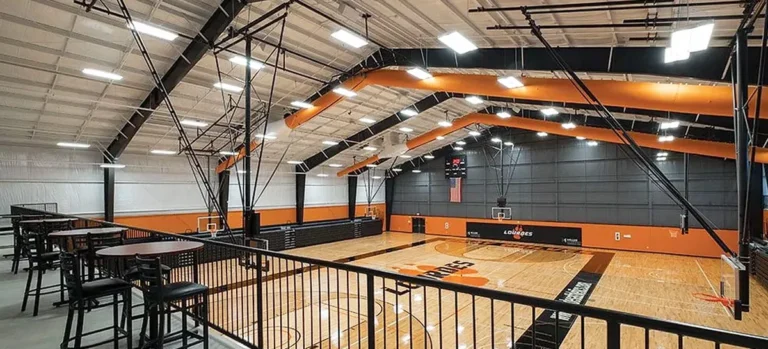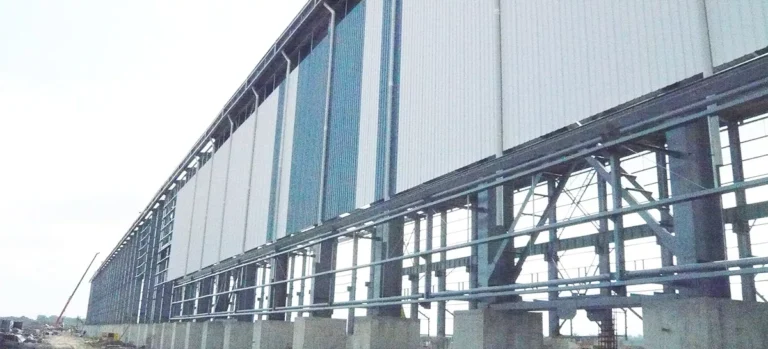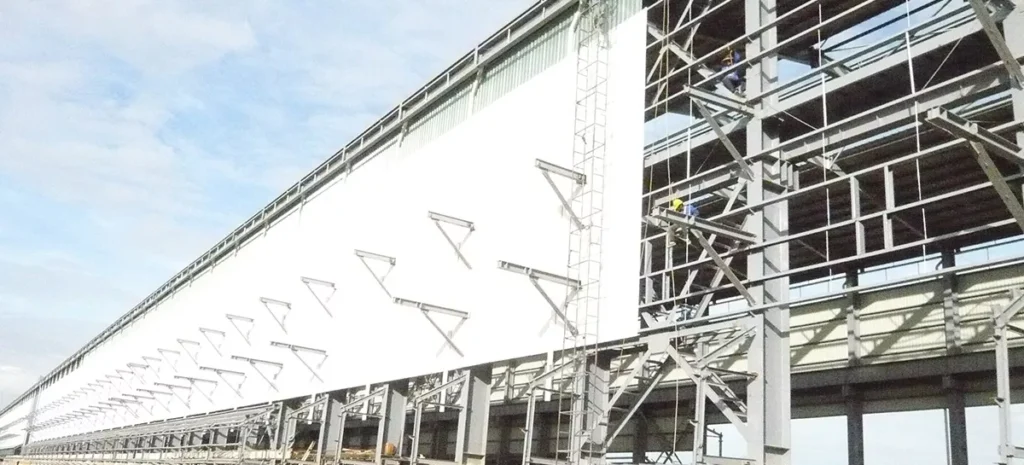
Workplace safety is a top priority for businesses, especially in industrial settings like workshops and warehouses, where the risks of accidents, injuries, and hazardous conditions are higher. The design and construction of these facilities play a significant role in ensuring a safe working environment. Steel structures offer numerous advantages when it comes to improving safety in these spaces. Their inherent strength, durability, flexibility, and ability to integrate advanced safety features make them an ideal choice for creating safer workplaces.
In this article, we explore how steel structures contribute to enhancing workplace safety in workshops and warehouses.
1. Enhanced Durability and Structural Integrity
One of the key safety benefits of steel structures is their exceptional durability and structural integrity. Steel is known for its high strength-to-weight ratio, which allows it to withstand heavy loads, extreme weather conditions, and seismic activity. This means steel structures are less likely to suffer from damage, deformation, or collapse compared to buildings made from other materials.
- Resistance to Natural Disasters: Steel is highly resistant to environmental stressors like high winds, snow loads, earthquakes, and floods, reducing the risk of structural failure in adverse conditions. This is particularly important for warehouses and workshops in areas prone to extreme weather events.
- Long-Term Stability: Unlike wood or concrete, steel does not warp, crack, or rot over time. This long-term stability ensures that the structural integrity of the building remains intact, providing a safer environment for employees.
Example: A steel structure warehouse built in a region with frequent earthquakes can maintain its structural stability, protecting both goods and employees from potential collapse or damage during seismic events.
2. Fire Resistance and Safety
Steel is a naturally fire-resistant material, which makes it a crucial element in improving fire safety in workshops and warehouses. While steel itself does not burn, it can still lose strength at high temperatures. However, modern fire protection techniques, such as fire-resistant coatings, ensure that steel structures provide enhanced fire safety.
- Fire-Resistant Coatings: Steel can be coated with intumescent paint or fire-resistant sprays that expand when exposed to high heat, forming an insulating layer that helps protect the steel from the heat of a fire.
- Sprinkler Systems and Smoke Detection: Many steel structure warehouses and workshops are equipped with advanced sprinkler systems, smoke detectors, and fire alarms. These systems are often more effective in steel buildings because of their clean design and lack of structural obstructions, ensuring faster detection and response to fire hazards.
- Non-Combustible Materials: Steel structures can be paired with non-combustible materials like concrete, gypsum, and metal cladding to further enhance fire resistance and reduce the spread of flames in case of an emergency.
Example: A steel structure workshop with fire-resistant coatings on steel beams and a state-of-the-art sprinkler system ensures that employees are protected in the event of a fire, helping prevent injuries and property damage.
3. Enhanced Ventilation and Air Quality
Workshops and warehouses can often have poor air quality due to dust, fumes, chemicals, or other pollutants generated during work processes. Steel structures offer the flexibility to incorporate advanced ventilation systems that improve indoor air quality and help protect the health of workers.
- Ventilation Systems: Steel buildings can be designed to allow for the installation of advanced HVAC (heating, ventilation, and air conditioning) systems, which ensure optimal airflow and maintain a safe temperature for workers. This is particularly important in warehouses that handle hazardous materials or produce a lot of dust and fumes.
- Natural Ventilation: Steel roofs can be designed with ventilation openings such as skylights or louvered panels, which help to naturally ventilate the building and allow for the circulation of fresh air. This reduces the buildup of hazardous gases and fumes, improving overall air quality.
- Improved Lighting: Steel structures often incorporate large windows and skylights, allowing for better natural light, which not only improves the work environment but also reduces the likelihood of accidents caused by poor visibility.
Example: A steel structure warehouse with a high-performance HVAC system, combined with skylights for natural lighting, can create a safer, healthier environment by ensuring proper ventilation and reducing air contaminants.
4. Spacious and Clear Layouts
Steel structures allow for large, open floor plans without the need for internal columns or load-bearing walls. This design flexibility leads to a clearer, more organized workspace, which can significantly reduce safety risks associated with cluttered, cramped environments.
- Unobstructed Floor Space: The open design allows for easier movement of workers, forklifts, and machinery, reducing the risk of accidents caused by obstructions.
- Optimized Workflow: A clear layout enables the optimization of workflow, making it easier to set up safety zones and designate areas for storage, equipment, and personnel. This also helps in organizing materials in a way that reduces the chance of accidents like tripping or falling.
- Safer Equipment Storage: Steel structures can accommodate large storage systems like pallet racks, shelving units, and mezzanine floors without compromising safety. These systems help organize inventory, prevent overcrowding, and ensure that workers have easy access to materials without hazardous stacking.
Example: A steel warehouse with wide aisles and clear floor space ensures safe movement for workers and equipment, minimizing the risk of accidents such as tripping, collisions, or equipment damage.
5. Incorporating Safety Features into the Design
Steel structures can easily integrate additional safety features that further enhance the well-being of workers. These features can be incorporated into the design from the outset, improving the overall safety of the building.
- Safety Barriers and Railings: Steel guardrails, barriers, and handrails can be installed along walkways, stairs, and mezzanine floors to prevent falls and ensure safe navigation.
- Anti-Slip Flooring: Steel structure workshops and warehouses can feature anti-slip flooring systems that improve traction and prevent slip-and-fall accidents, particularly in high-traffic areas or places where spills may occur.
- Safety Signage: Clear safety signs can be easily integrated into steel structures, indicating emergency exits, fire extinguisher locations, and hazard areas. Steel’s smooth surfaces make it easier to mount signage securely and in visible locations.
Example: A steel workshop with clearly marked emergency exits, handrails along stairways, and anti-slip floors helps ensure worker safety, especially in high-risk areas.
6. Adaptability for Future Safety Improvements
As safety standards and technologies evolve, steel structures provide the flexibility to adapt and integrate new safety measures. The ability to retrofit or upgrade safety systems in existing steel buildings without major disruption is a major advantage.
- Upgrading Fire Safety Systems: Older steel structures can be retrofitted with more advanced fire protection systems, including modern sprinkler systems, smoke alarms, and fire-resistant coatings.
- Incorporating New Safety Technologies: As new safety technologies emerge, such as AI-powered monitoring systems or advanced wearable safety devices, steel structures can be adapted to accommodate these innovations.
Example: A steel warehouse built several years ago can easily be updated with modern fire detection systems or automated safety monitoring without requiring a complete redesign or construction overhaul.
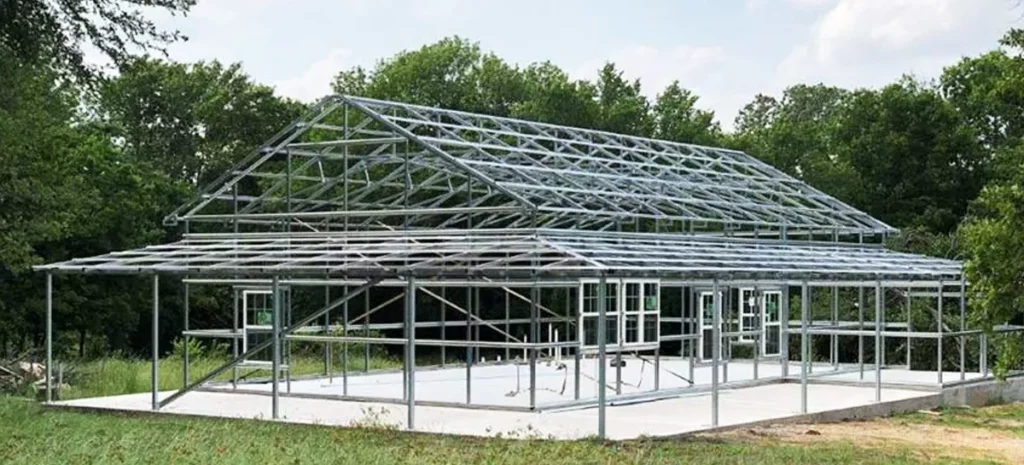
Conclusion
Steel structures offer numerous benefits when it comes to improving workplace safety in workshops and warehouses. From their inherent durability and fire resistance to the flexibility of open floor plans and the ability to integrate modern safety features, steel buildings are an ideal solution for creating safe, efficient, and adaptable industrial environments.
By choosing steel for your warehouse or workshop, you can ensure that the building not only meets your operational needs but also provides a safer space for your employees. Whether you are looking to improve fire safety, ventilation, layout, or overall structural integrity, steel structures offer a reliable foundation for creating a workplace that prioritizes safety.
At Ganyo Steel Structure, we specialize in designing and building steel structures that meet the highest safety standards. Our team is committed to delivering safe, durable, and efficient buildings tailored to your specific requirements. Contact us at lizzy@ganyosteelbuilding.com to discuss how we can help improve the safety of your workshop or warehouse.

